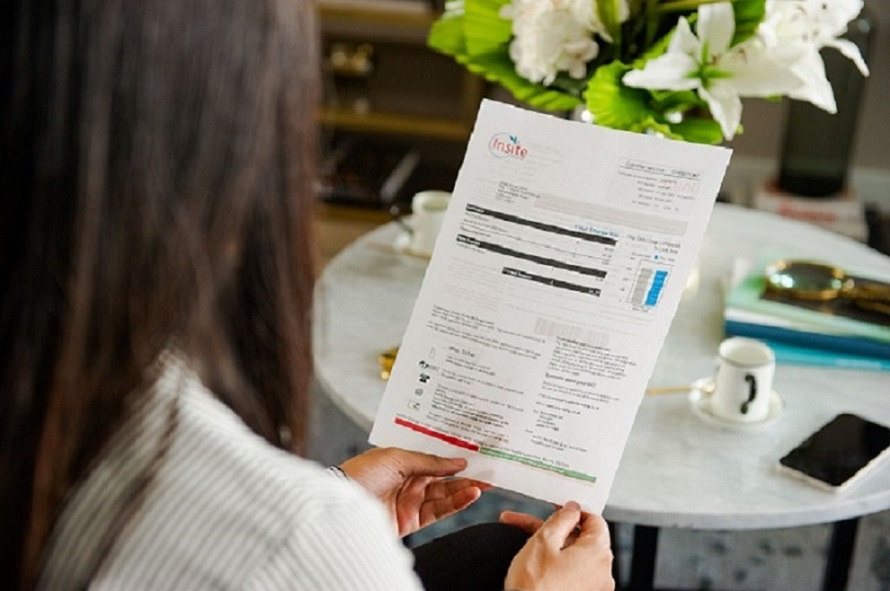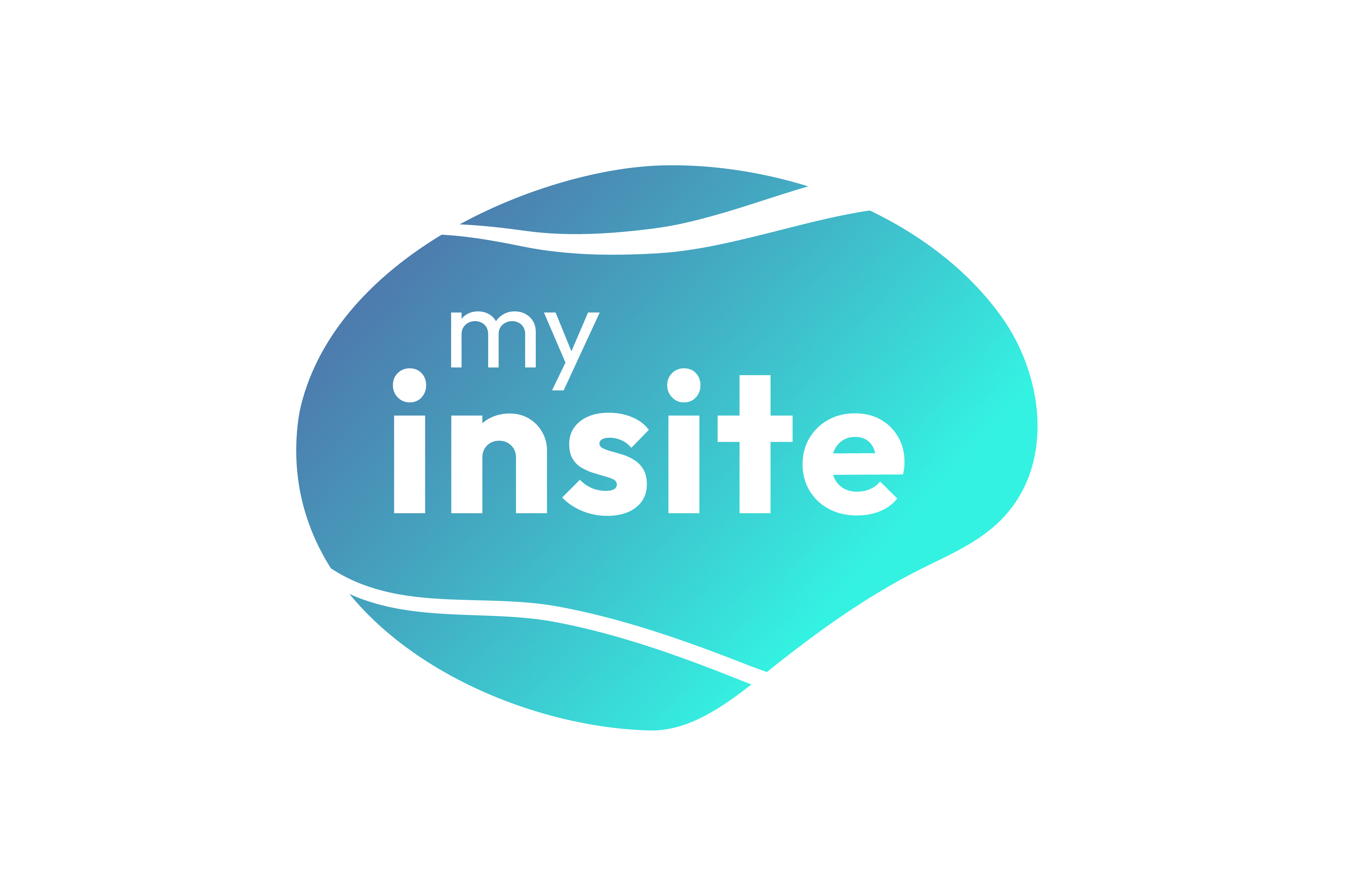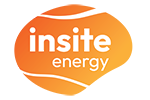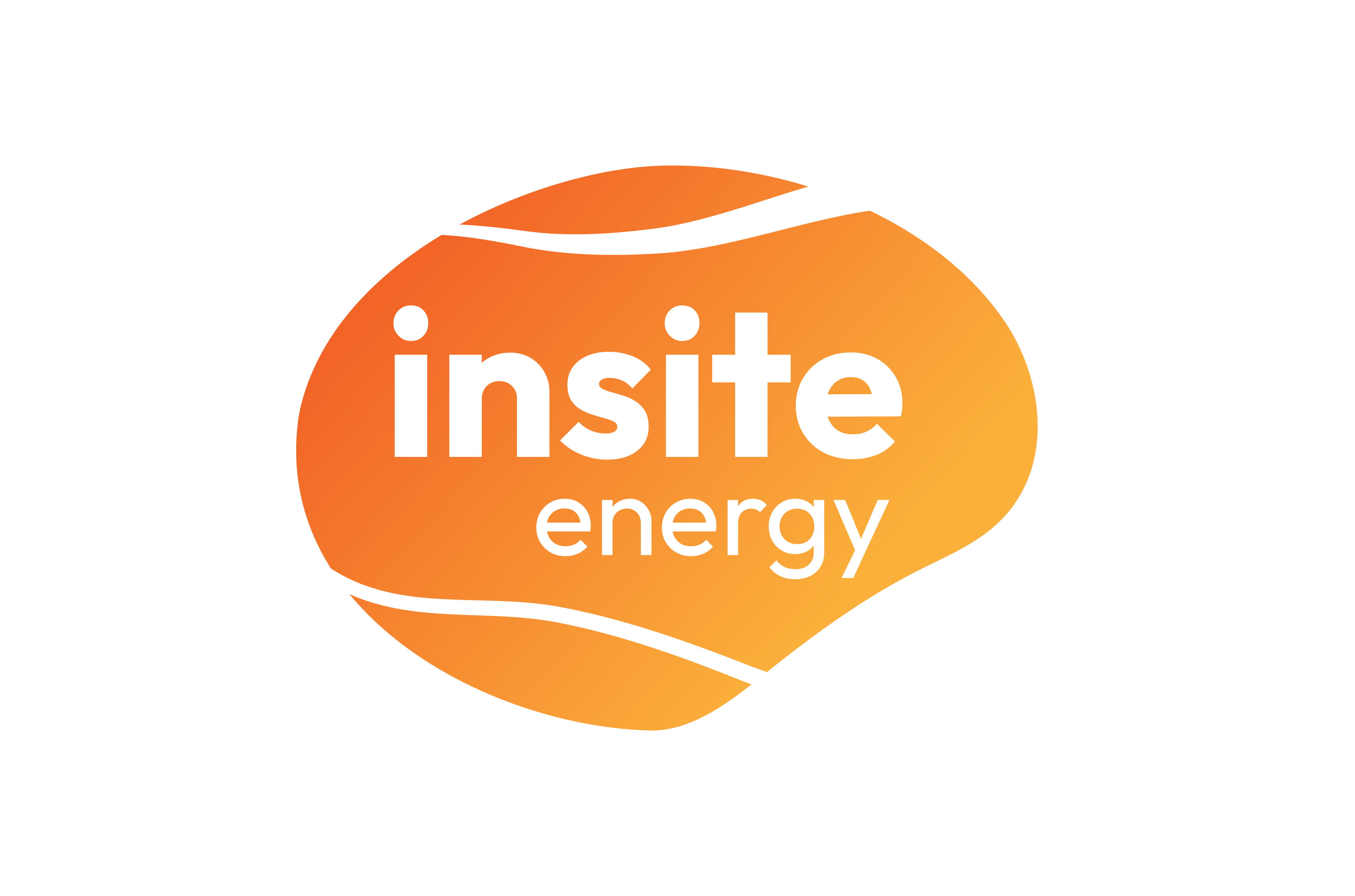
It’s time for heat networks to mitigate gas price increases
13th January 2022For many housing associations, developers and managing agents, the back end of 2021 was challenging, with an energy crisis emerging on top of the crisis caused by the pandemic. Almost overnight, the rocketing price of gas dominated client conversations. Some of our heat network customers are entering 2022 facing p/kWh rate increases of almost 300% and are naturally uncomfortable about passing this on to residents. They are seeking advice on how best to handle current and expiring gas contracts and are keen to investigate ways to cut costs.
For any utility industry, price increases happen. But this is the first hike of its kind to affect the heat network sector since heat networks became mainstream (along with price comparison websites and the concept of switching providers). The difficulty for residents living in properties connected to heat networks is that unlike other consumers, they are unable to switch provider. Energy for heat network end-users is procured by their heat supplier on a wholesale basis, which usually guarantees a cheaper gas unit price than residences with individual heat generators. They are not, however, protected in the same way by an Ofgem-regulated energy price cap, something we at Insite Energy would like to see change. In theory, they could end up paying more than an individual residential gas customer at the very top of their cap.
Experts are predicting gas price rises could remain high for the next few years. Whatever action landlords take, many residents in heat network properties are still likely to see an annual increase from £240 in their heat bills, with some customers potentially experiencing increases as high as £600. While this is comparable to customers running traditional gas boilers in similar properties, it is nonetheless likely to cause real hardship for some.
This situation has not escaped the attention of trade bodies, the UKDEA and ADE who have called on members to engage with BEIS regarding the lesser protection afforded to heat network consumers, and other support measures being considered by Government. Insite is contributing on behalf of clients to this process.
While the tidal wave hike in gas prices is impossible to avoid, there is a lot our clients can do to swim; to mitigate the costs of operating a heat network, keeping tariffs as low as possible and demonstrating to their tenants that they are taking responsible action.
We’ve put together some advice for landlords navigating the current storm:
Gas contract negotiation
Unlike many other heat network metering and billing agents, Insite Energy is unique in offering a contract negotiation service. Demand for this service has, understandably, been huge in recent months. Using a heat supplier's MRPN number, as well as meter reads from their previous supplier, we can negotiate the best possible deal on their behalf. We are able to quickly turn around proposals, putting offers and clear advice on the table without delay.
Here are some tips for handling gas contracts, based on client FAQs:
Opt for shorter contracts: If you have a contract in place now, we advise to let it run the course of its duration. It’s unlikely you will find a better deal in the market. But when your time for renewal does come, opt for 6- or 12-month contracts if you can, and reassess at the end of the year, to avoid being tied into higher rates for longer.
Check the small print: Know when your contract is due to end and understand the details of your notice period. If you haven’t served notice and the contract says you have to, you can’t end it. You’re stuck, and at the mercy of even higher tariffs in the meantime.
Target standing charges to negotiate where you can: When you do come to renegotiate, prepare a spreadsheet that calculates the trade-off between standing charge and variable kWh rate. Where even the best kWh rate you can get in the market at the moment is often around four or more times higher than people would’ve been negotiating this time last year, it is possible to trade off that increase against a reduction in daily standing charge. We were able to help a client save £50 per property, per annum on their daily standing charges – it’s not going to stop the hikes entirely, but it’s a start.
Know what to do if your supplier goes bust: We’ve seen a number of suppliers who have gone out of business, meaning clients have been forced to very quickly try and re-negotiate. If your energy supplier does go out of business and you do nothing in response, you will be passed to The Supplier of Last Resort (SoLR), which is entitled to charge you whatever the market rate is. We would recommend to contact us if your supplier does go out of business, as we can broker deals for you.
Ensure you’re receiving VAT relief
We are always surprised by how many landlords on residential networks haven’t filled out a VAT declaration to obtain 5% VAT relief. If you’re paying gas at 20%, but your customers are residential heat customers, you (or a facility manager or your organisation) should have filled out a VAT declaration certificate that tells your shipper you should only be paying 5% VAT. It might not sound like much, but that 15% difference represents a significant saving. If you’re still with the same supplier, you can also quite often backdate a declaration. Claiming the relief back could be a quite sizeable refund on your bill, or credit to offset the increases that are coming.
Help residents lower their consumption with smart metering
While it may seem counterintuitive to consider investing in technology and infrastructure at this time, empowering residents with smart metering technology is a very constructive, measurable, and accountable way of helping them to lower their own consumption, protecting themselves from the full force of gas price rises.
Our web-based metering and billing app, KURVE, is the most affordable smart heat network metering and payment platform on the market. It provides data in real time and can be viewed easily and clearly via smart devices. Over a third (35%) of page views on the app are from residents checking their energy usage – they are engaged and able to make behaviour changes which they can see straight away for themselves what they stand to gain (or save!).
Such digital solutions replace expensive hardware, bringing down ongoing operational costs for developers, homeowners, and residents. KURVE delivers CapEx, OpEx and RepEx savings of 50%, 17% and 97% respectively, compared with other hardwired prepayment solutions.
As we start this new year, we’re keen to encourage clients and consumers to get energy fit. We urge heat suppliers to get in touch with us and we will do all we can to help you.


